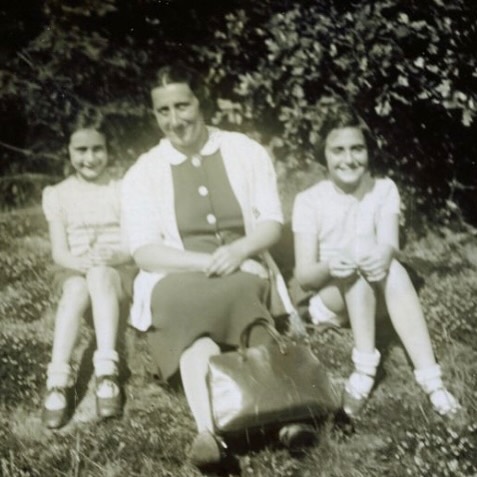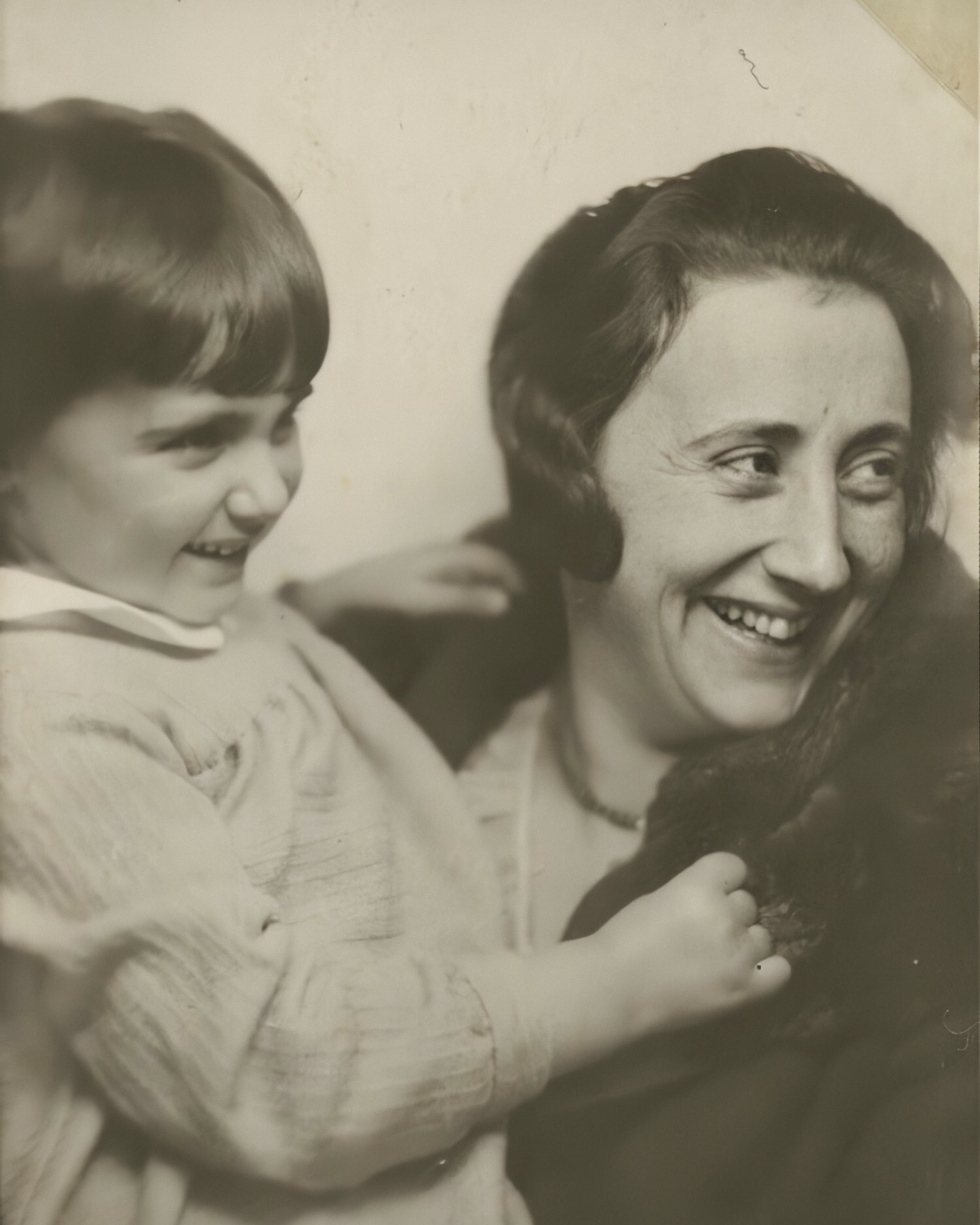The Last Goodbye
In late October 1944, the Nazi doctors at Auschwitz-Birkenau performed a new “selection.” This time, they chose prisoners who were deemed strong enough for forced labor in Germany. Though already sick and weakened, Anne and Margot Frank were selected. Their mother, Edith, was not. In a moment of unbearable cruelty, a family that had clung together for so long was torn apart. Edith was left behind, a “disconsolate shadow” of herself, consumed by despair.

Locked in a cold barracks, Anne and Margot waited. After hours of a final roll call, they were forced into cattle wagons. The conditions were inhumane. For a journey that would last three days, they were given only a meager ration of food: a hunk of bread, a piece of sausage or cheese, a little margarine, and one small barrel of water for the entire wagon.
The journey itself was a living hell. The train would frequently stop, the silence broken by the terrifying sound of shootings. Occasionally, the doors were opened for a short time, giving them a brief glimpse of the outside world, a glimpse that only heightened their despair. The destination was unknown, and the fear was overwhelming. For the first time in their lives, Anne and Margot were completely alone, without the comfort and protection of their parents.

This final journey was a devastating end to their family’s story. It was a journey into the unknown, a journey that would separate them from their mother and ultimately lead them to a tragic end. The last goodbye at Auschwitz was not a single moment but a slow, cruel departure into the darkness.